Ground source heat pump cost overview
Ground source heat pump costs depend on three main factors: the cost of the heat pump product, the cost of the installation, and how much the heat pump costs to run.
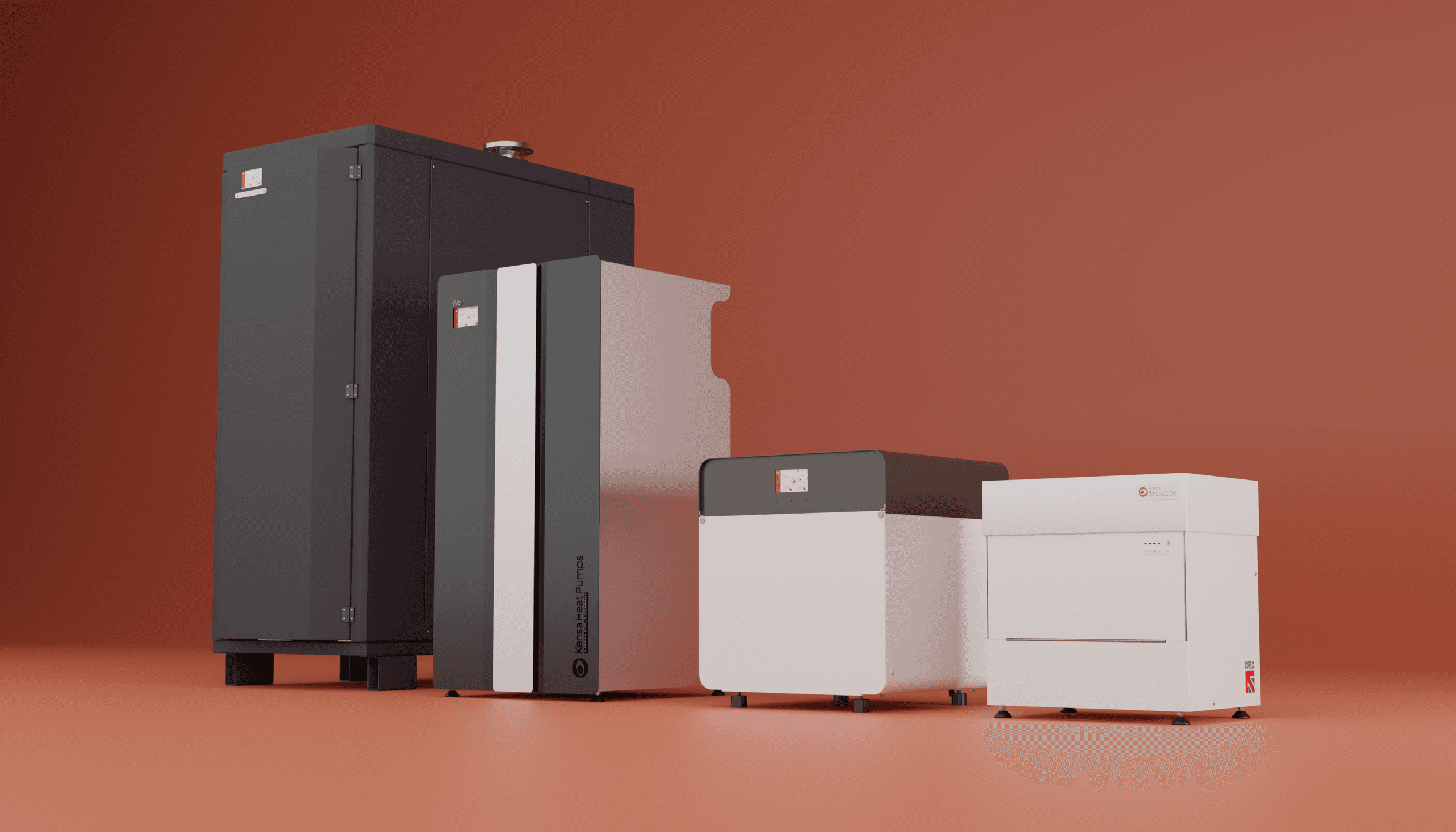
Ground source heat pump costs depend on three main factors: the cost of the heat pump product, the cost of the installation, and how much the heat pump costs to run.
I find Kensa staff very helpful and there heat pumps very reliable. I installed a 6kw heat pump in a Timber Frame House (factory insulated), Sealed to Passive house Airtightness 5 years ago. The heat pump copes very well with heat requirement of the underfloor heating and the DHW. If you are considering a Ground source heat pump, make it a Kensa Heat Pump
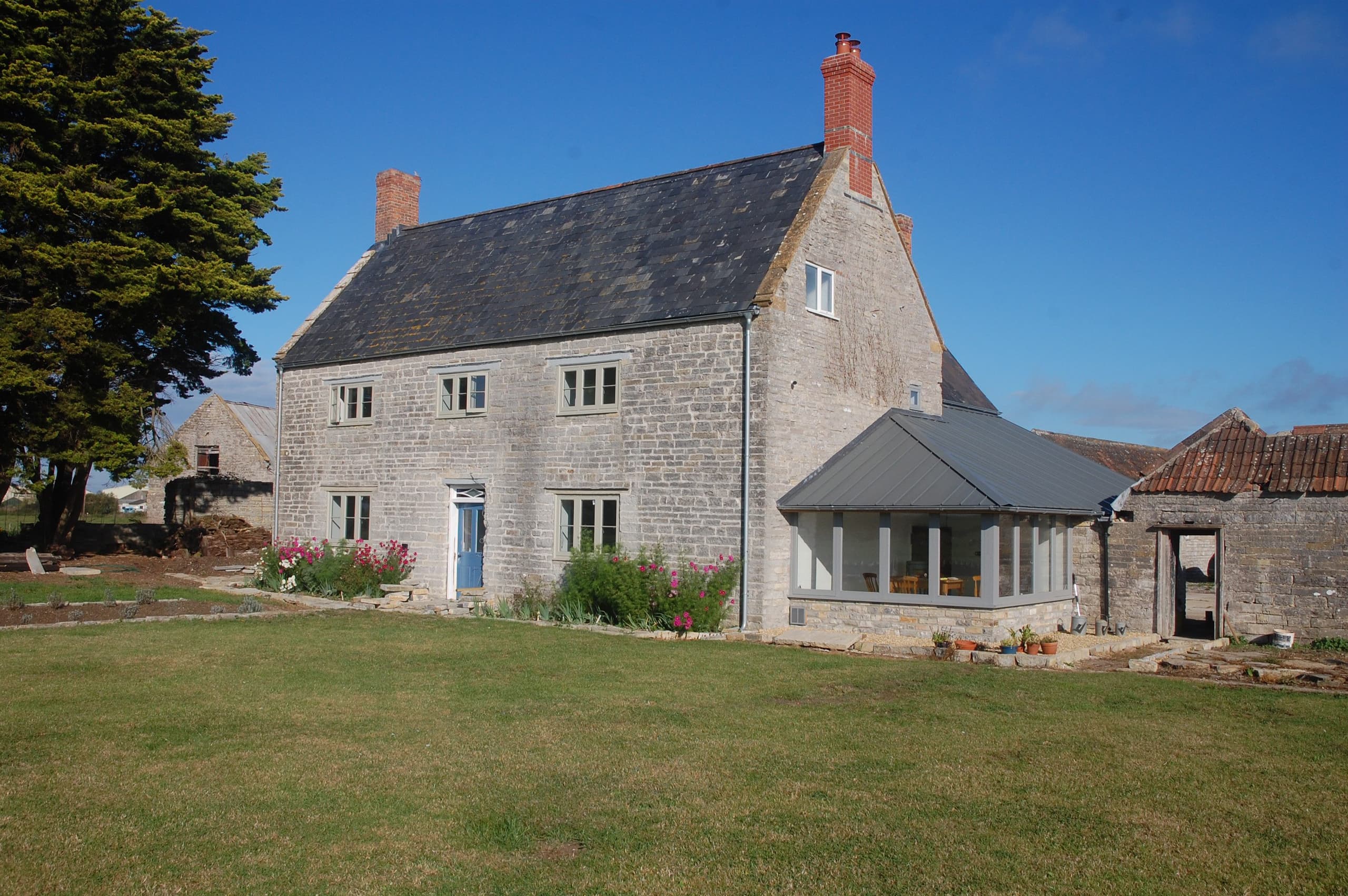
A ground source heat pump can deliver 3 to 4 (kW) of heat for every 1kW of electricity by using freely available heat from the ground which remains at a constant temperature all year round. This means ground source heat pumps offer greater efficiencies than other heating systems because they deliver more energy than they consume. They are also more reliable and do not experience drops in efficiency in cold weather because they are not reliant on external air temperature as a heat source.
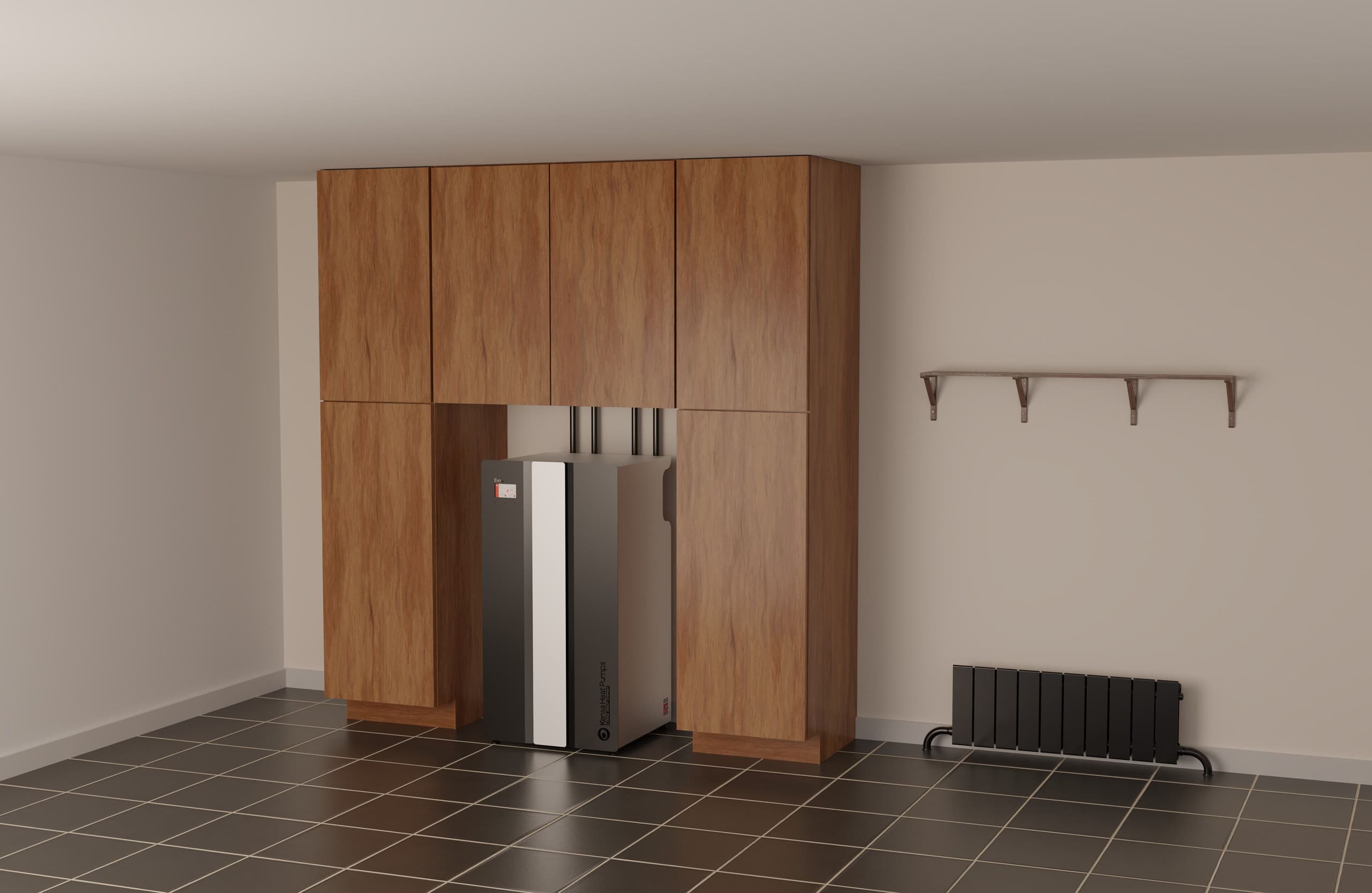
The level of insulation in the property. How well the system has been designed and installed. The heat source used. The heating distribution system you have (radiators or underfloor heating).
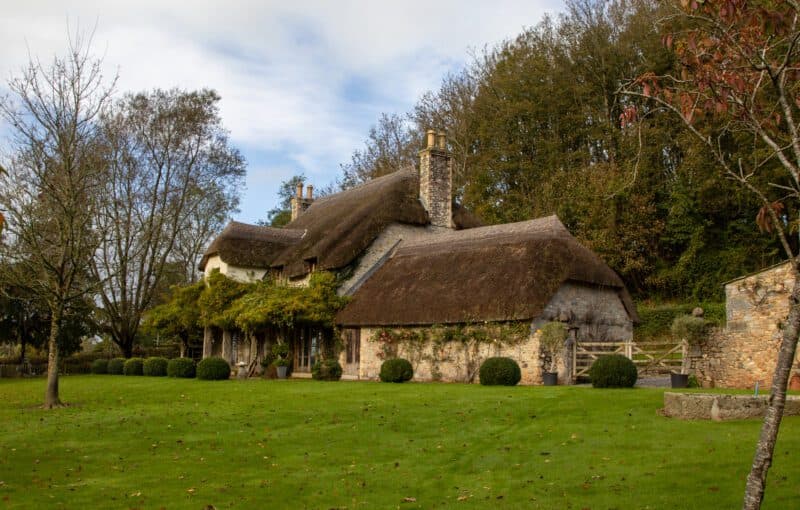
Ground source heat pump systems should be sized in accordance with the peak heating load and hot water demand of the building. The team at Kensa will help you to calculate the size of heat pump and system you will need for your property to make it run as efficiently as possible.
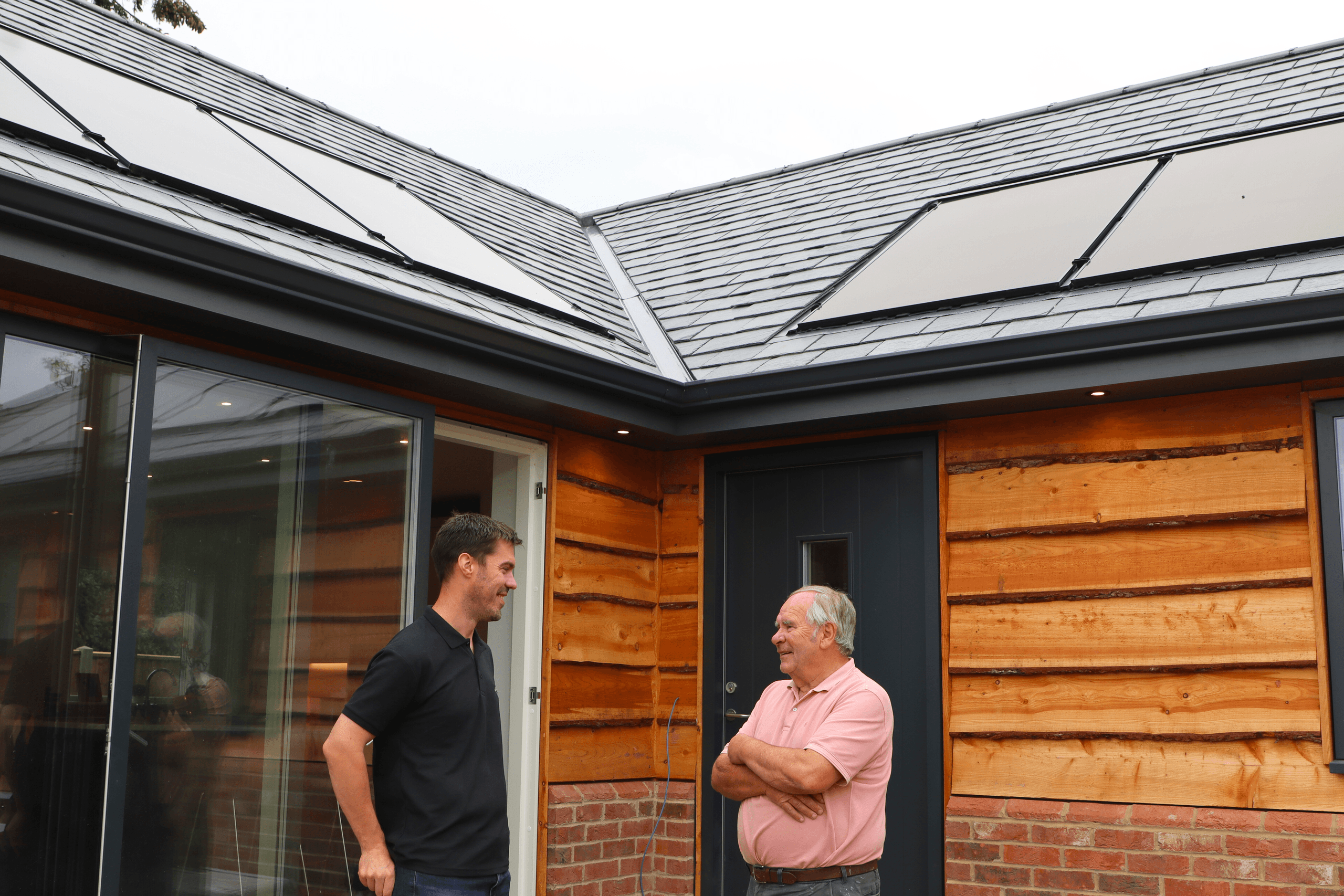
Ground source heat pumps operate at a lower flow temperature than fossil fuel boilers which makes them perfect for newer build and older properties and allows them to work well with underfloor heating too. Replacing a fossil fuel heating system with a ground source heat pump is a common practice known as “retrofitting”.




A ground source heat pump can deliver 3 to 4 (kW) of heat for every 1kW of electricity by using freely available heat from the ground which remains at a constant temperature all year round. This means ground source heat pumps offer greater efficiencies than other heating systems because they deliver more energy than they consume. They are also more reliable and do not experience drops in efficiency in cold weather because they are not reliant on external air temperature as a heat source.
The level of insulation in the property. How well the system has been designed and installed. The heat source used. The heating distribution system you have (radiators or underfloor heating).
Ground source heat pump systems should be sized in accordance with the peak heating load and hot water demand of the building. The team at Kensa will help you to calculate the size of heat pump and system you will need for your property to make it run as efficiently as possible.
Ground source heat pumps operate at a lower flow temperature than fossil fuel boilers which makes them perfect for newer build and older properties and allows them to work well with underfloor heating too. Replacing a fossil fuel heating system with a ground source heat pump is a common practice known as “retrofitting”.
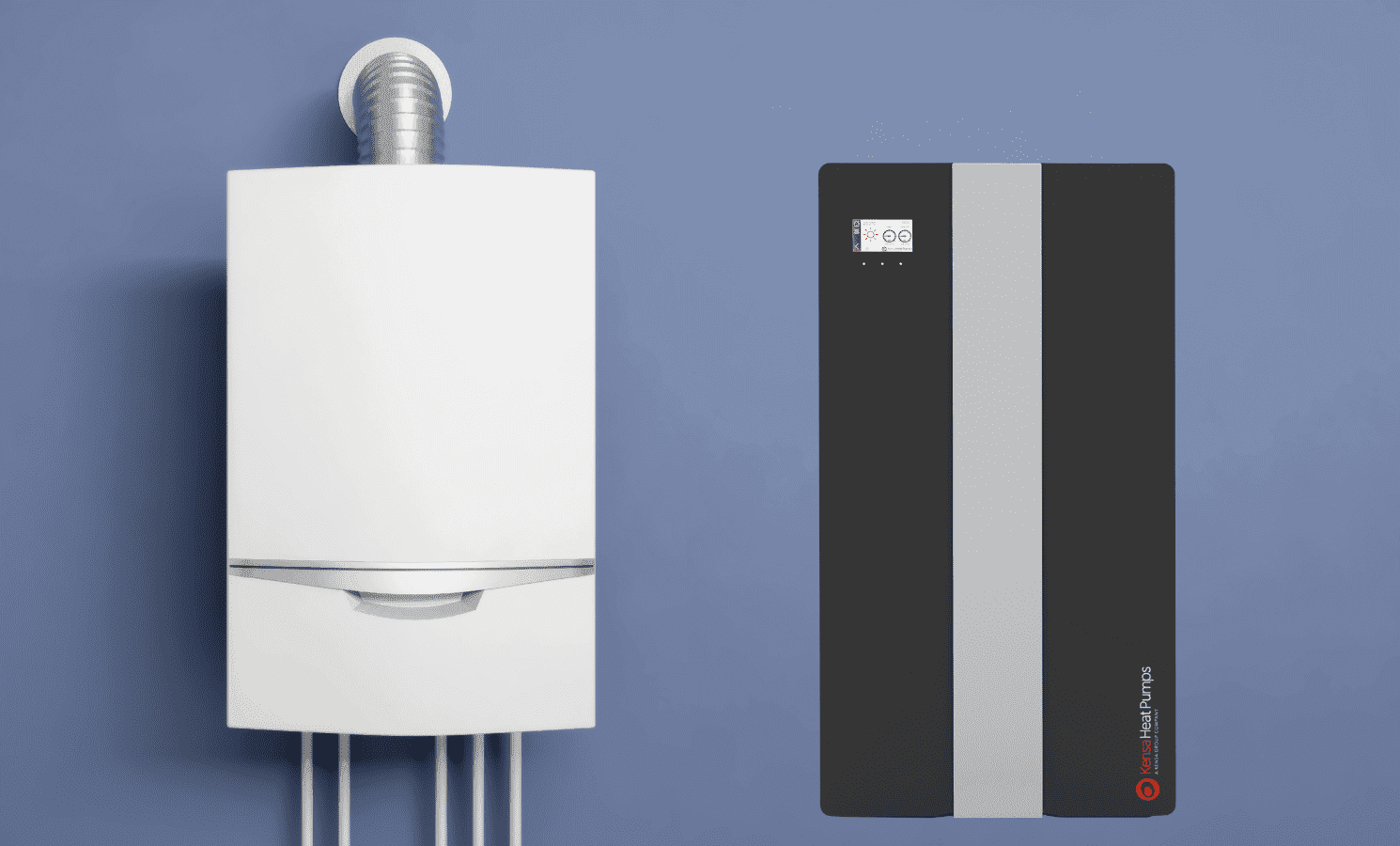
Ground source heat pumps are likely to cost more upfront than installing a gas boiler, however, government funding and 0% rated VAT can help to make this more affordable. However, by installing a ground source heat pump you are investing in a future free of fossil fuels and cutting your costs long term.
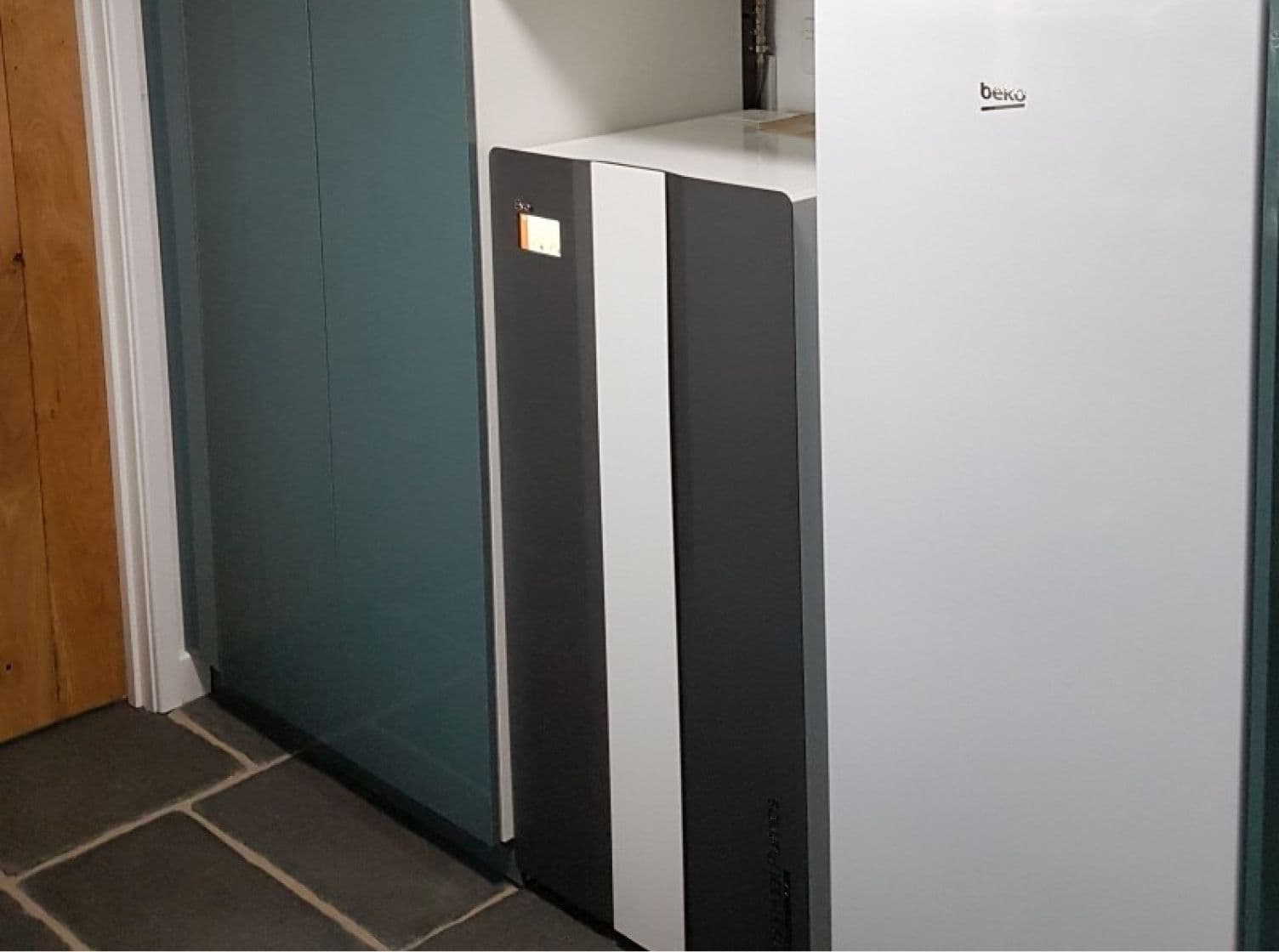
Ground source heat pumps are a fit and forget technology, requiring very little maintenance once installed, unlike a traditional boiler that would have to be serviced annually. Ground source heat pumps will also typically last around 25 years (with the ground arrays lasting 100 years) compared to a boiler which lasts between 10 and 15 years before having to be replaced.
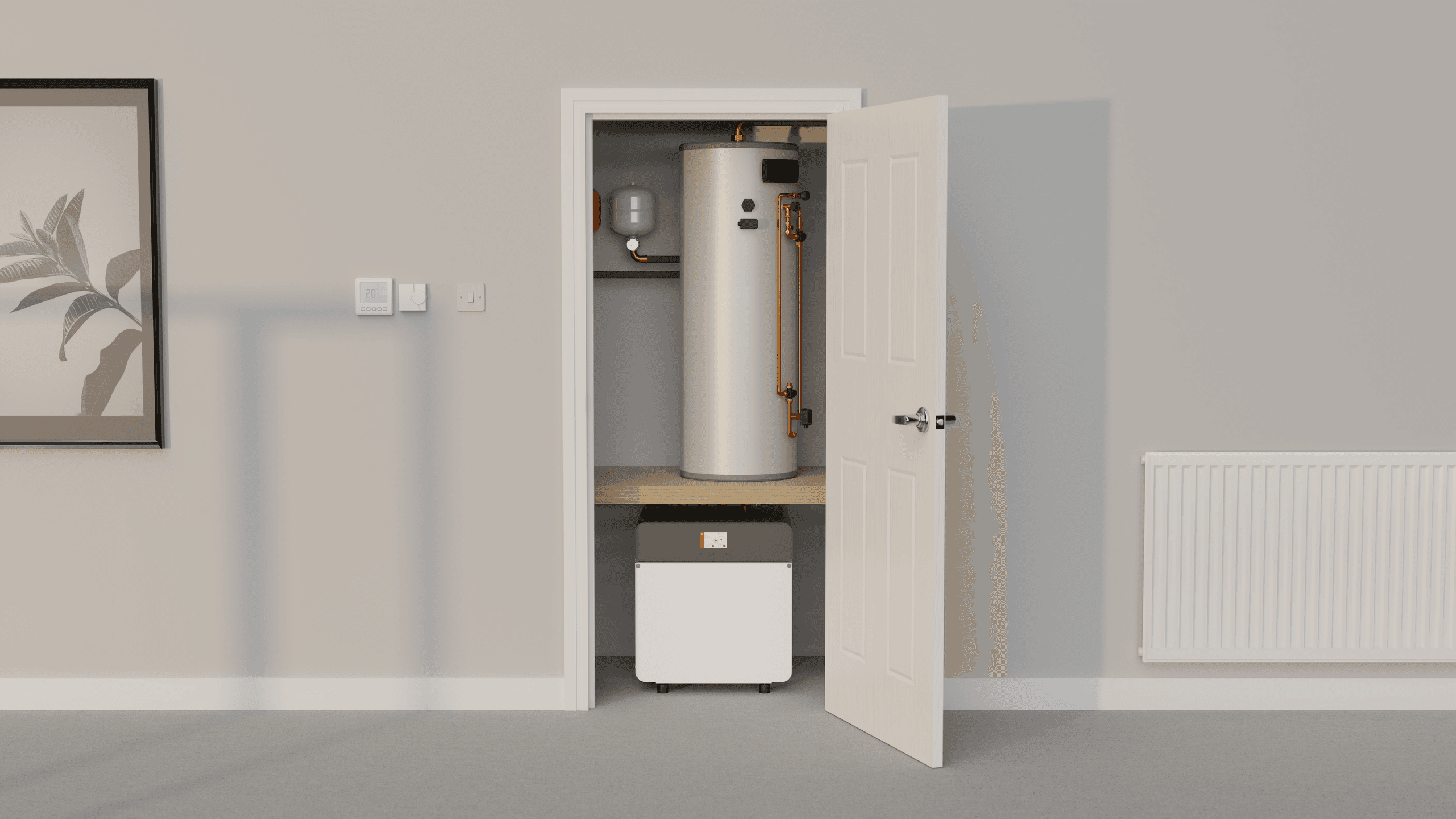
Use the heat pump cost calculator to compare running costs and carbon emissions for fossil fuels and heat pumps in different properties. You can also cut costs with ground source heat pumps through load shifting, running the heat pumps at the times of the day when electricity is at its cheapest. This is made possible by battery storage, agile tariffs, and smart controls.



Ground source heat pumps are likely to cost more upfront than installing a gas boiler, however, government funding and 0% rated VAT can help to make this more affordable. However, by installing a ground source heat pump you are investing in a future free of fossil fuels and cutting your costs long term.
Ground source heat pumps are a fit and forget technology, requiring very little maintenance once installed, unlike a traditional boiler that would have to be serviced annually. Ground source heat pumps will also typically last around 25 years (with the ground arrays lasting 100 years) compared to a boiler which lasts between 10 and 15 years before having to be replaced.
Use the heat pump cost calculator to compare running costs and carbon emissions for fossil fuels and heat pumps in different properties. You can also cut costs with ground source heat pumps through load shifting, running the heat pumps at the times of the day when electricity is at its cheapest. This is made possible by battery storage, agile tariffs, and smart controls.
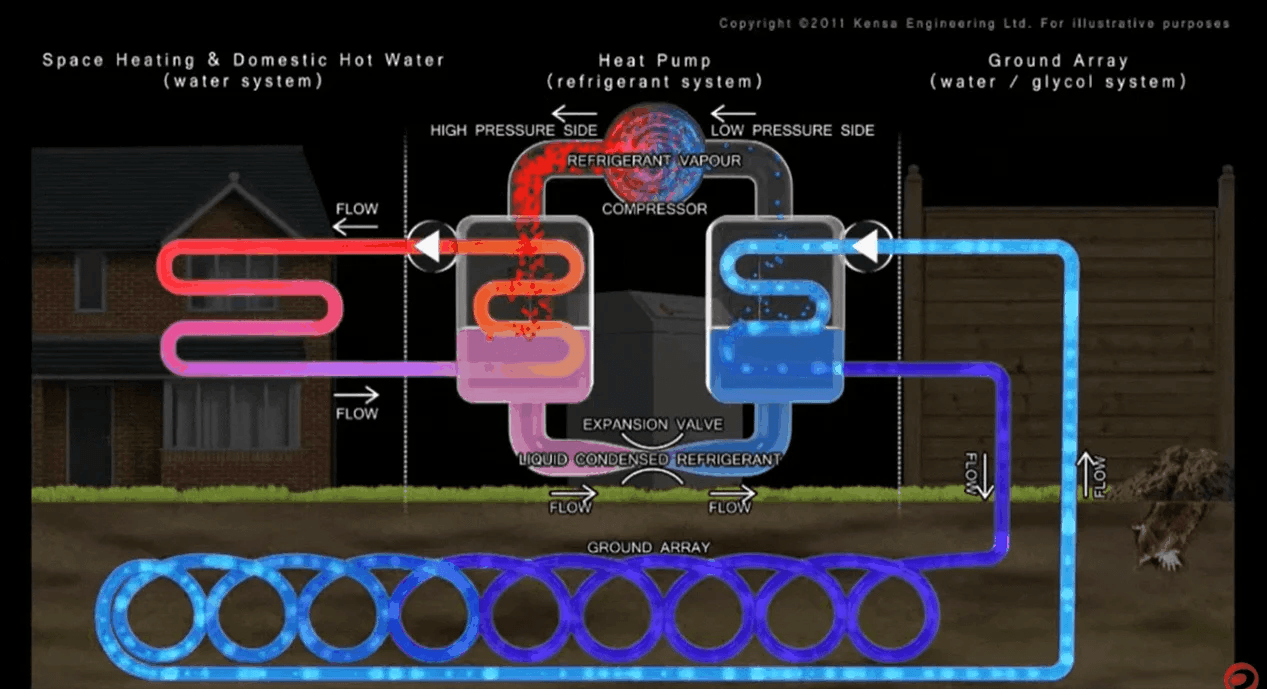
Ground source heat pumps work by extracting naturally occurring heat from the ground that is constantly replenished by solar energy and rainfall – effectively creating your very own natural energy battery. The heat pump compresses this energy into high-grade heat that is used to provide your home with heating and hot water.
Ground source heat pumps can also provide low-cost and environmentally friendly cooling in the summer by utilising the cooler temperature of the ground compared to higher internal air temperatures in the peak of the UK summer. This also re-charges the ground for more efficient heating the following winter.
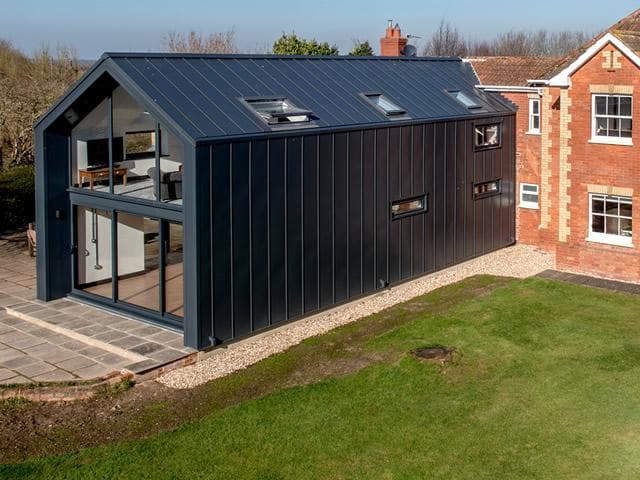
Due to their high efficiencies, ground source heat pumps offer one of the lowest running costs for heating and cooling your home in the UK. When looking at a new build 4 bedroom house, Compared to air source heat pumps when looking at a new-build 4 bedroom house, you could expect to save approximately £800 per year in running costs with a ground source heat pump compared to an air source heat pump.*

Due to their high efficiencies, ground source heat pumps offer one of the lowest running costs for heating and cooling your home in the UK. When looking at a new build 4 bedroom house, Compared to air source heat pumps when looking at a new-build 4 bedroom house, you could expect to save approximately £800 per year in running costs with a ground source heat pump compared to an air source heat pump.*

Ground source heat pumps offer stability and protection against fluctuating energy prices, by remaining the lowest cost (and lowest carbon) electric heating option. As ground source heat pumps harness free energy from the ground around your property, a smaller proportion of the power needed to run the heat pump is going to be affected by rising energy costs. And a system that produces much more energy than it consumes will deliver lower running costs for your household.
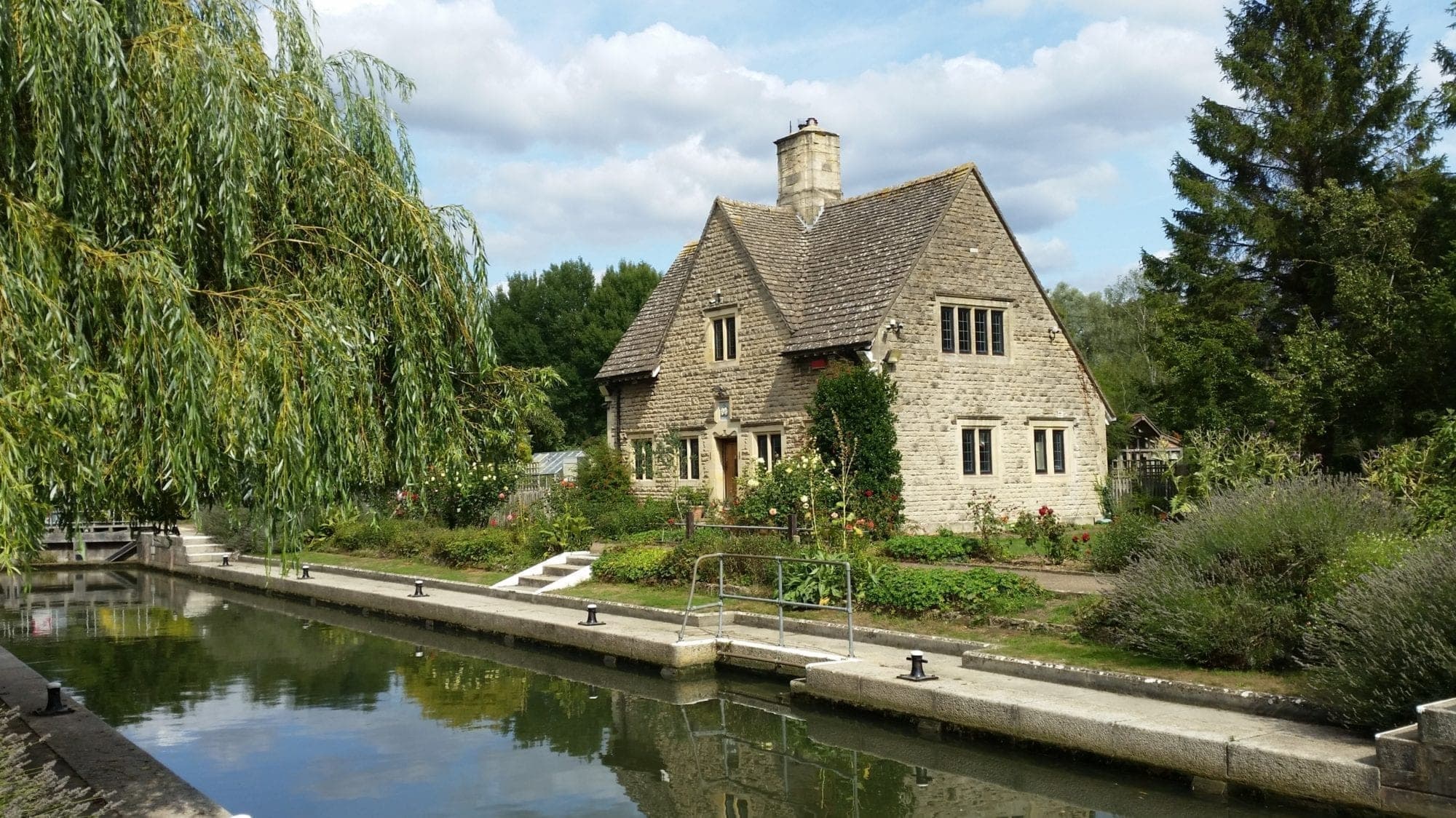
Replacing the UK’s 23 million boilers with networked ground source heat pumps could avoid £25 billion in gas costs per year. Harnessing green energy within our shores enables energy independency and in the example above could increase GDP by 1.2%, or savings of £1,100 per household.


Ground source heat pumps offer stability and protection against fluctuating energy prices, by remaining the lowest cost (and lowest carbon) electric heating option. As ground source heat pumps harness free energy from the ground around your property, a smaller proportion of the power needed to run the heat pump is going to be affected by rising energy costs. And a system that produces much more energy than it consumes will deliver lower running costs for your household.
Replacing the UK’s 23 million boilers with networked ground source heat pumps could avoid £25 billion in gas costs per year. Harnessing green energy within our shores enables energy independency and in the example above could increase GDP by 1.2%, or savings of £1,100 per household.
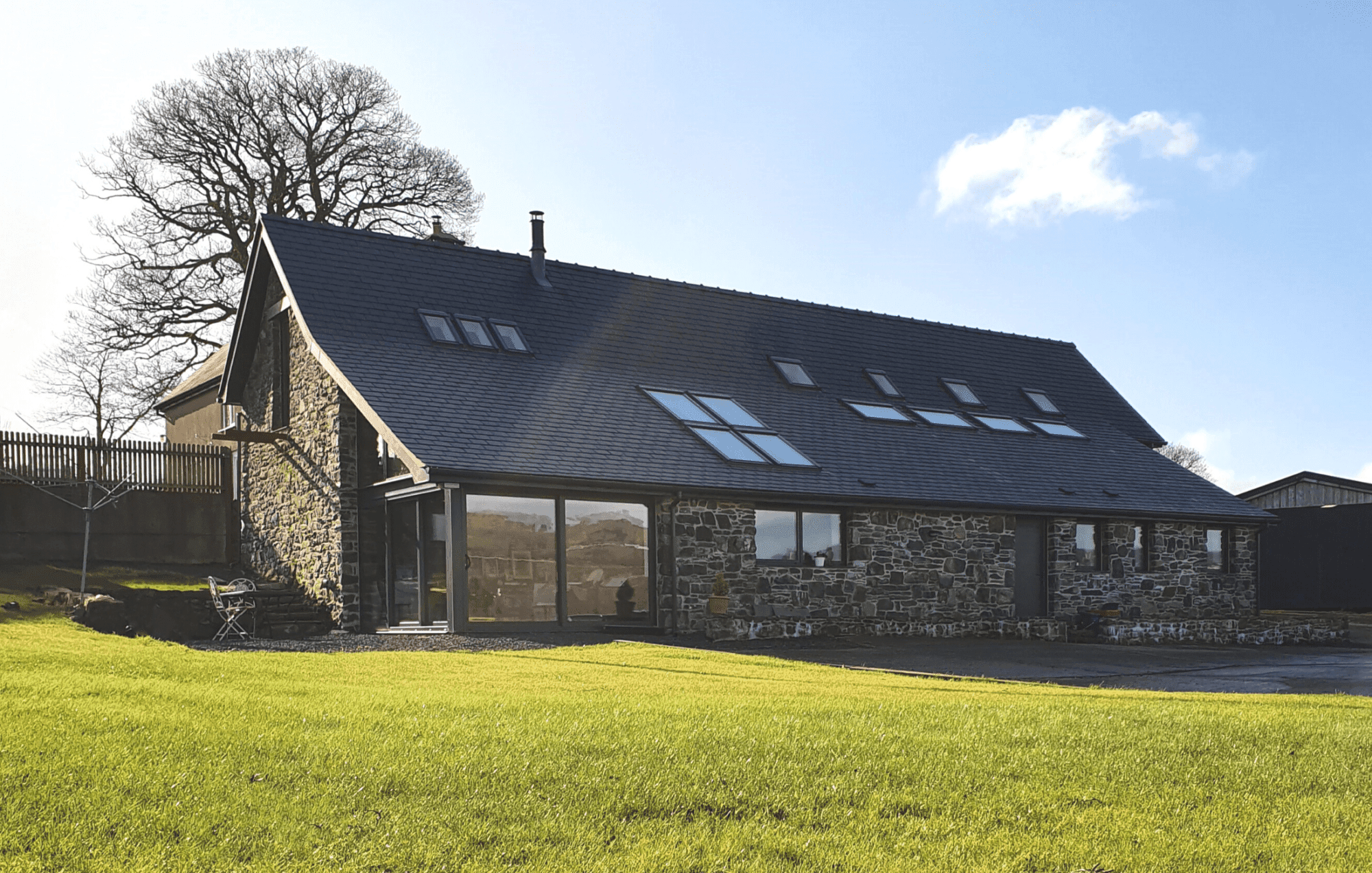
Ground source heat pumps are one of the lowest carbon emission-contributing heating systems in the UK. A four-bed new build home heated with oil would produce approximately 8 times the carbon emissions of the same house heated with a ground source heat pump.

The more the electricity grid decarbonises, the lower the carbon factor associated with ground source heat pumps becomes. Kensa ground source heat pumps installed today will be even greener in the future, as hydro, solar and wind power dominate the electricity grid.


Ground source heat pumps are one of the lowest carbon emission-contributing heating systems in the UK. A four-bed new build home heated with oil would produce approximately 8 times the carbon emissions of the same house heated with a ground source heat pump.
The more the electricity grid decarbonises, the lower the carbon factor associated with ground source heat pumps becomes. Kensa ground source heat pumps installed today will be even greener in the future, as hydro, solar and wind power dominate the electricity grid.
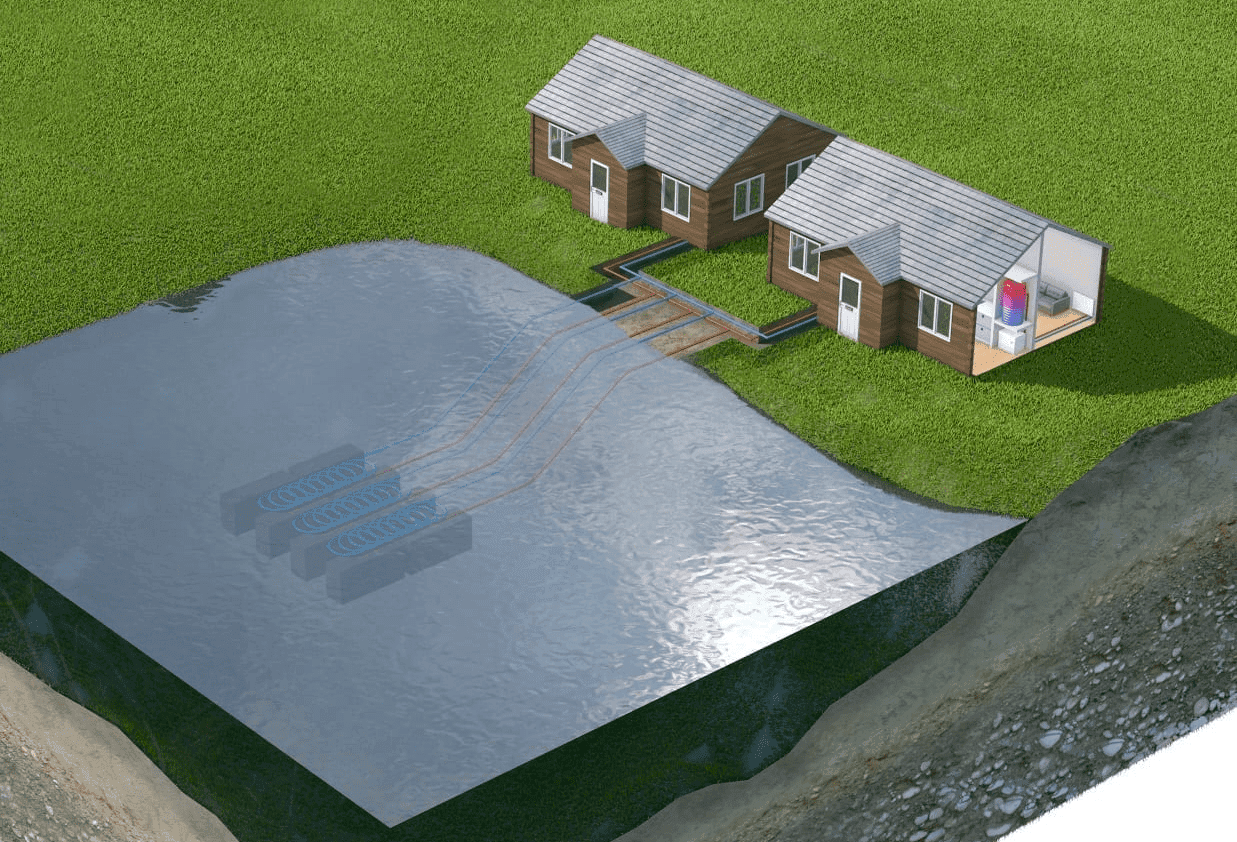
There are three main types of ground source heat pump installations using different ground arrays. These ground arrays are defined as slinkies, boreholes, and pond mats.
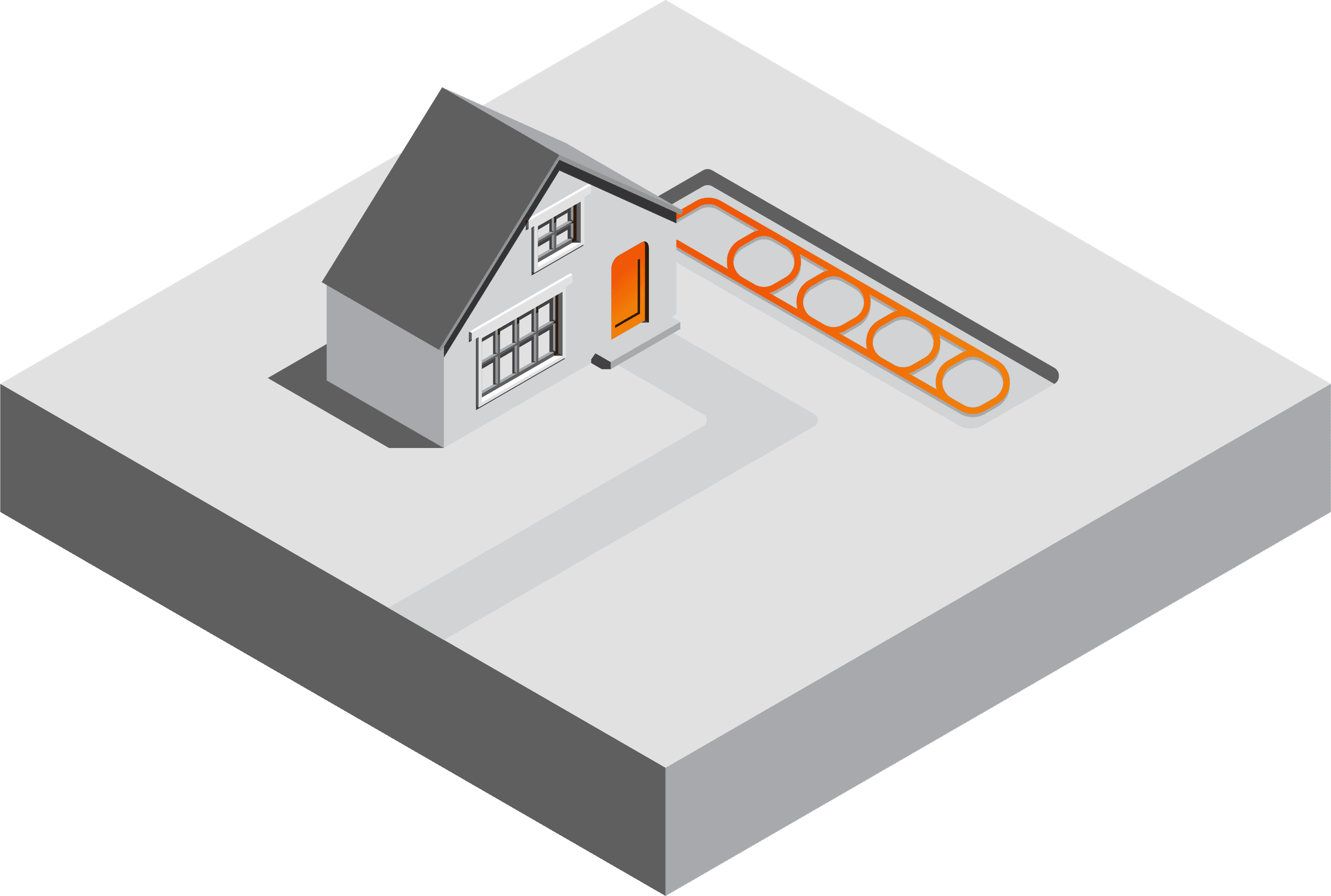
Slinkies or slinky pipes are long lengths of coiled piping that are laid in narrow trenches about 1.2 metres deep. They collect heat from the ground as the temperatures below the surface generally stay consistent at around 8-12°C all year round.
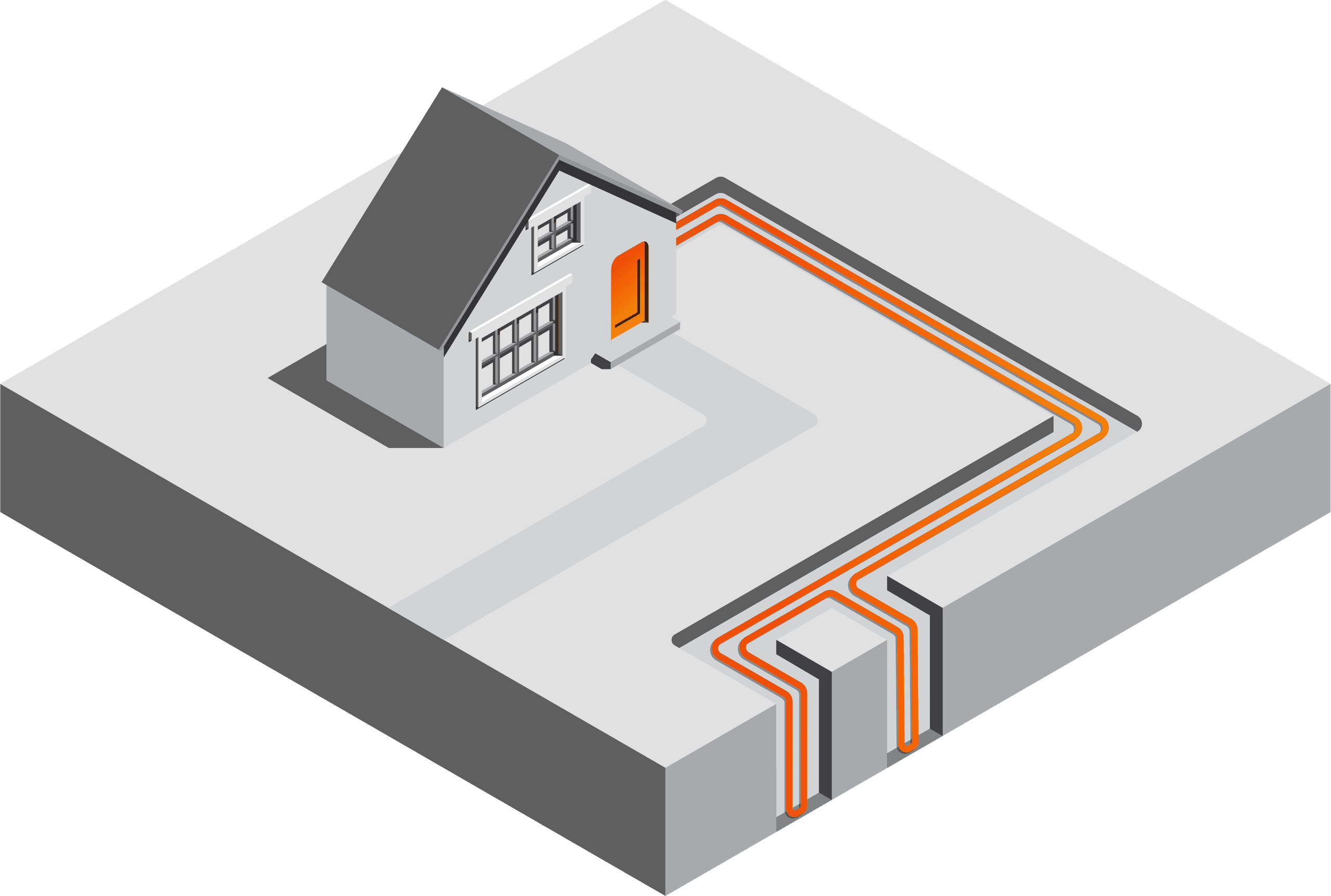
Boreholes are vertical ground arrays or collectors used to extract heat energy from rock to a ground source heat pump. They save space and minimise disruption in heat pump installation projects, as you usually only need 150mm width of garden space per borehole. The depths of boreholes range from around 60m to 200m. They are often more expensive for single properties than slinkies or pond mats, however can allow properties with less space to benefit from the technology.
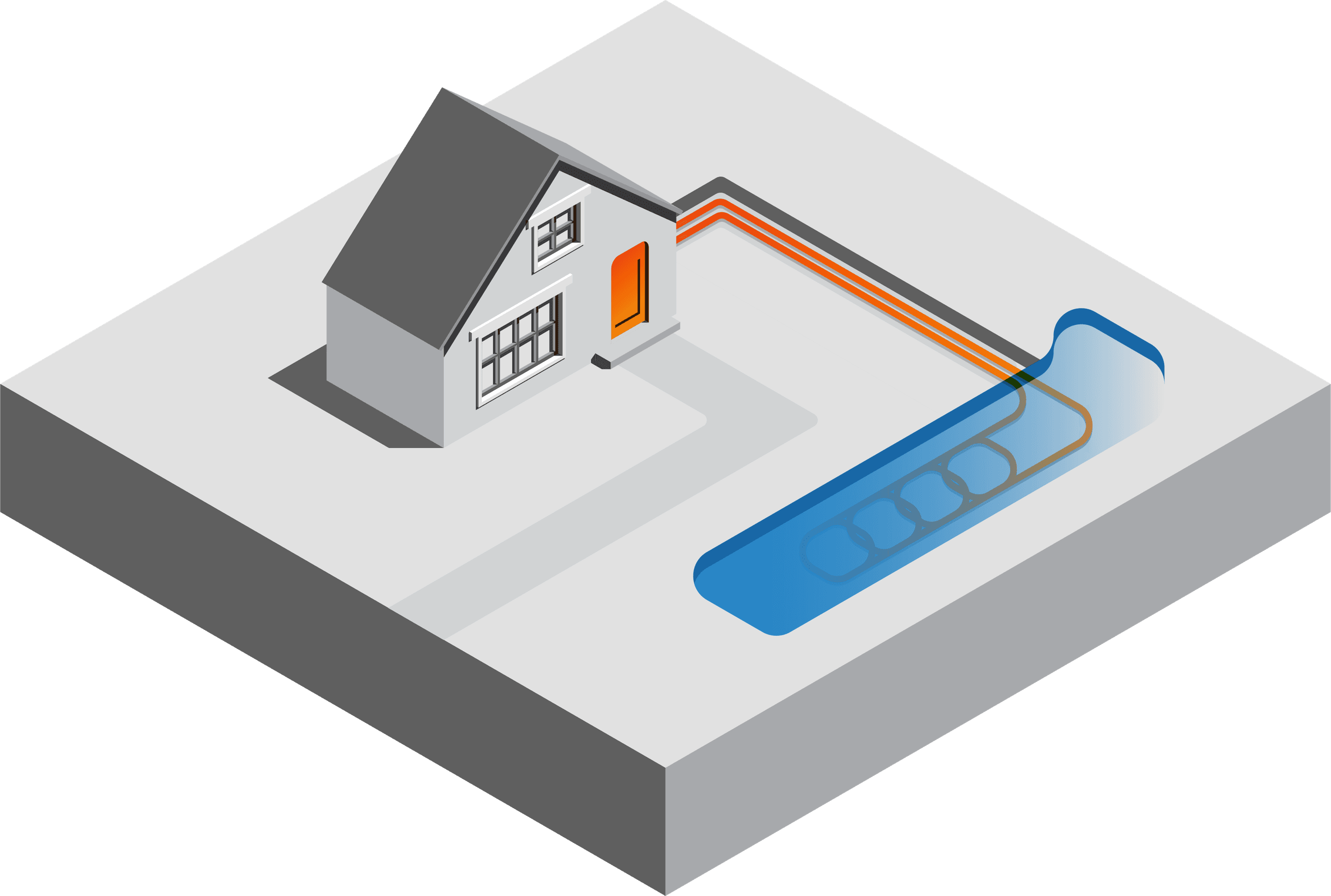
Pond mats are slinky pipes attached to corrosion-resistant stainless steel frames. They are sunk to the bottom of the water source, or secured underneath a floating pontoon. Pond mats are designed to absorb energy from the water much like slinkies and boreholes do from the ground.




There are three main types of ground source heat pump installations using different ground arrays. These ground arrays are defined as slinkies, boreholes, and pond mats.
Slinkies or slinky pipes are long lengths of coiled piping that are laid in narrow trenches about 1.2 metres deep. They collect heat from the ground as the temperatures below the surface generally stay consistent at around 8-12°C all year round.
Boreholes are vertical ground arrays or collectors used to extract heat energy from rock to a ground source heat pump. They save space and minimise disruption in heat pump installation projects, as you usually only need 150mm width of garden space per borehole. The depths of boreholes range from around 60m to 200m. They are often more expensive for single properties than slinkies or pond mats, however can allow properties with less space to benefit from the technology.
Pond mats are slinky pipes attached to corrosion-resistant stainless steel frames. They are sunk to the bottom of the water source, or secured underneath a floating pontoon. Pond mats are designed to absorb energy from the water much like slinkies and boreholes do from the ground.
Find out more about  Zero (0%) VAT Available on Heat Pump PurchasesPress Release0% VAT on ground source heat pumps and discover FundingFundingfunding options for ground source heat pumps.
Zero (0%) VAT Available on Heat Pump PurchasesPress Release0% VAT on ground source heat pumps and discover FundingFundingfunding options for ground source heat pumps.